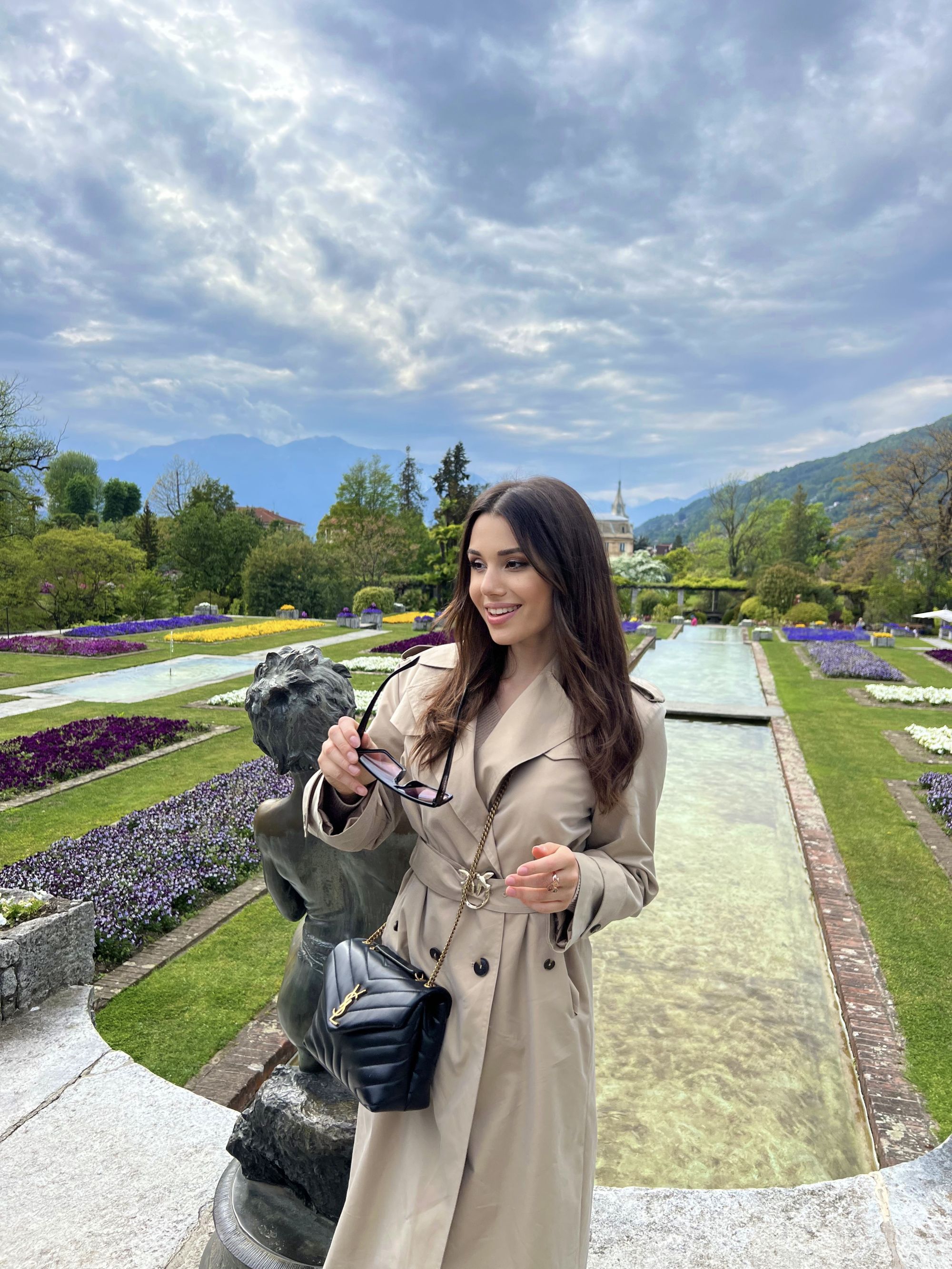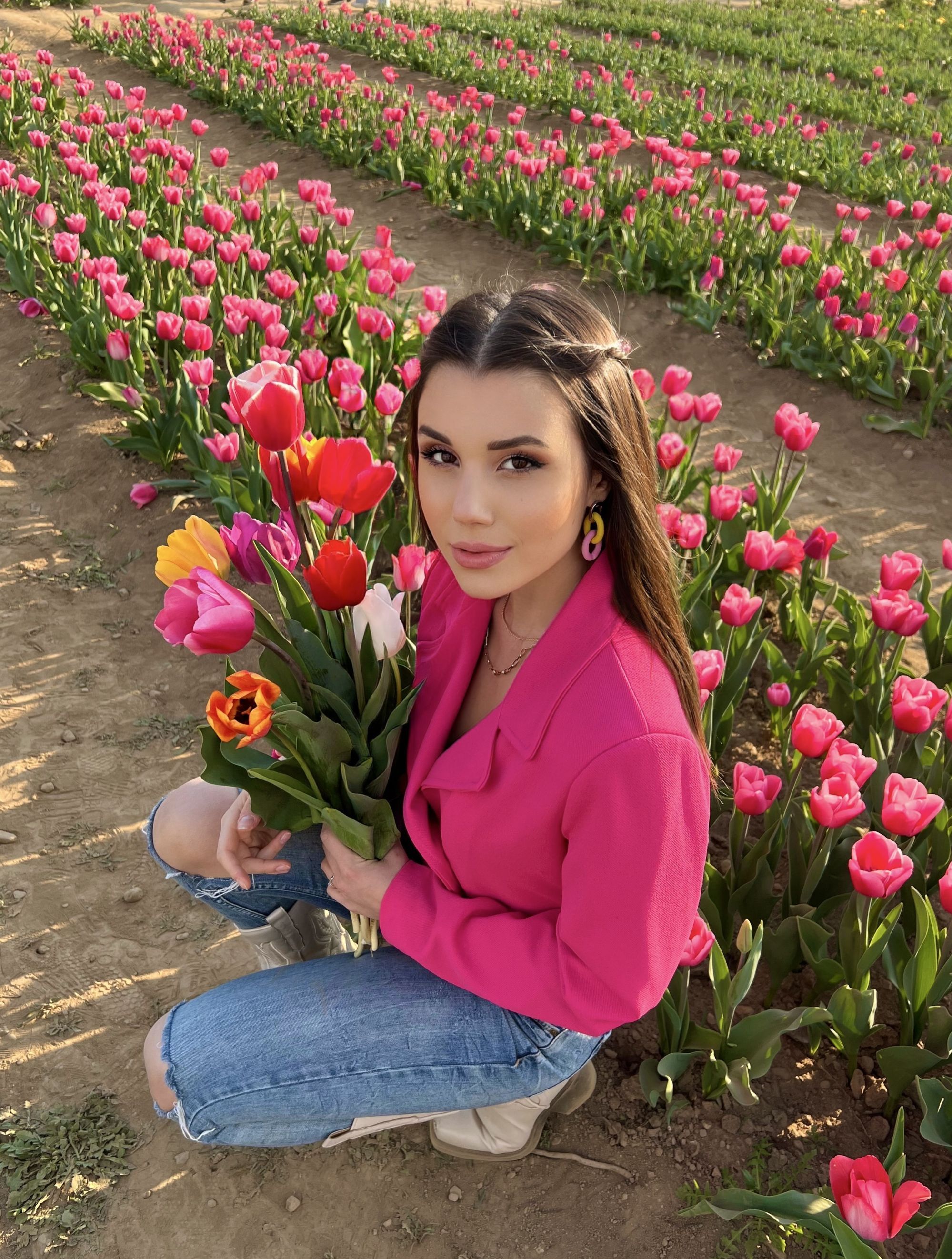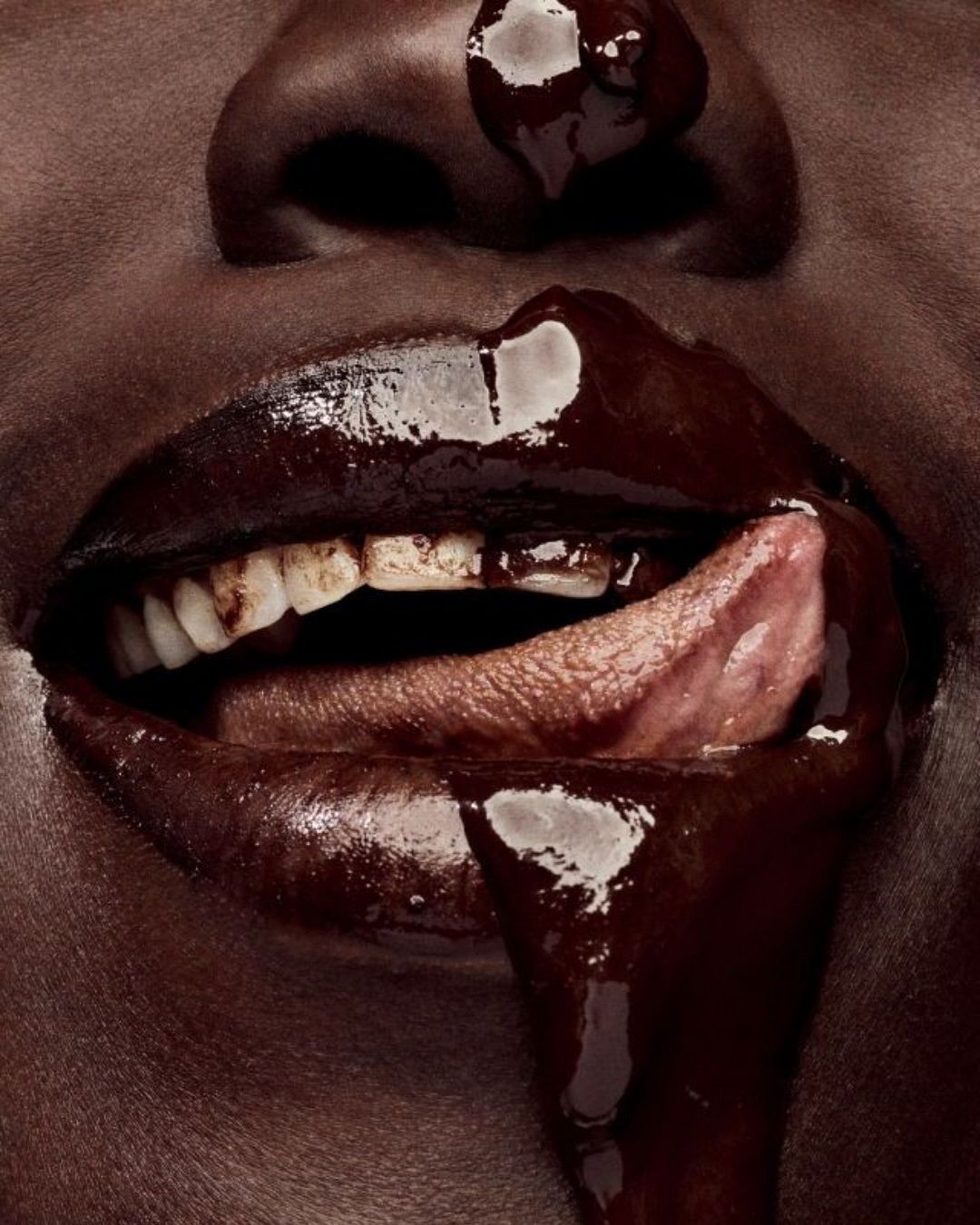
We have tried to better understand what vestibulodynia is Interview with Julia Magrone
In the past year we have heard more and more about diseases affecting people with uteri. It is not surprising that even today these diseases are not recognised by the national health system. We are talking about diseases like endometriosis and vulvodynia, which are considered 'invisible' despite the fact that they affect millions of women in our country alone (about 3 million in the case of endometriosis, while 15% of Italian women are affected by vulvodynia). This sensitive issue also includes vestibulodynia, a condition that can affect women of all ages and causes pain so severe that it negatively affects our self-esteem, our work, our relationships and even our daily functions, so it is something that each of us should know about. Never heard of it? You are not alone: vestibulodynia is often unrecognised or misdiagnosed, so there are no accurate figures on how many people suffer from it.
Can you tell us a bit about your condition? How did you discover it?
I discovered vestibulodynia almost two years ago. I was on holiday with my boyfriend and had excruciating pain during sexual intercourse that I could not explain. This pain lasted for months, despite the antibiotic treatment prescribed by various gynaecologists. They did not know what to attribute the cause of my pain to and told me it was coming from my head. So for months I lived a real nightmare: I knew there was something wrong with my body, but I told myself that I was the problem. One day, talking to another girl, I learned about the Andromeda Centre in Milan where I am now being treated and which finally diagnosed me. The treatment started more than a year ago. The road is long and requires patience. I am getting better, but I am still far from being cured.
How does the treatment work?
As I mentioned earlier, the diagnosis is really just ground zero. From that moment on, the real battle begins. The medications doctors usually prescribe for this kind of problem are antidepressants in minimal doses, combined with therapies that vary depending on the individual case: I, for example, have been doing vaginal Tecar therapy several times a week for months, in combination with medication, of course. There are also midwife massages, self-massages, physiotherapy for pelvic floor rehabilitation. The ways can be many and above all vary from patient to patient, which is why it is often difficult to recover in the short term. In addition, all these treatments are chargeable. As it is not a recognised disease in the national health system, the average monthly cost is around 1,000 euros, which means that not all women can afford treatment.
What are the differences between vestibulodynia and vulvodynia?
The main difference lies in the localisation of the pain: women suffering from vestibulodynia feel a greater concentration of pain in the vestibule of the vulva, especially at the entrance. In vulvodynia, the pain is not limited to specific points, but can also manifest as a general burning sensation of pain.
How does vestibulodynia affect your life?
Vestibulodynia has changed my life a bit. It took me a long time to come to terms with it and somehow learn to live with it without counting the days and hoping it will go away at any moment. I have definitely learned to be patient and to lower my expectations, because I have realised that it is a long road that takes time. In my daily life, the disease mainly affects my sexual relationships: This was the first alarm signal and is still the biggest discomfort it causes me. Professionally, my work as a model affects me indirectly: The clothes I have to wear on certain sets are often tight or uncomfortable, especially if they are leotards, which make me uncomfortable. On several occasions I am 'forced' to stay on very high heels for several hours or days, which undeniably weakens me in the long run. I have never had any side effects from medication, but lately I have to admit that I have been having some problems with it too: quite heavy legs, much more painful and suddenly larger breasts, and more frequent feelings of sleepiness.
What advice would you give to girls who have the same condition as you?
For girls with a similar story to mine, I would advise them to be patient. I am really bad at it, but I am learning that getting angry about something out of my control only slows down the healing process. I believe that in this situation, as in life in general, we can somehow contain what happens to us by thinking positively. I work a lot on myself to do that and I would advise all girls to do the same.
When did you decide to publicise your illness on social media? Have you received any criticism?
I decided to share about my vestibulodynia on social media relatively recently, a few months ago. I hesitated for a long time because I first had to understand what it was and how to deal with it. My decision made me very happy, I got so much positive feedback and so many women who felt represented by my story and wanted to share theirs with me. As for criticism, I have received very little, but more than criticism I have received some unhappy comments relating to my difficulty having penetrative sex. Of course, I had weighed the pros and cons of speaking out on this topic beforehand, and as unpleasant as it may be to receive negative comments, there are definitely more positive ones, so I am glad I did.
What is your relationship with your community?
As I mentioned earlier, our relationship with my audience has improved exponentially since I opened up to them. People have noticed a side of me that is more human and 'like' them, and have become much closer. Women have dared to tell me about their experiences and men have made me feel understood, some have even told their girlfriends/partners about the issue they did not know. I felt understood and safe. So many people have told me that they have grown fond of my 'real' side, and that could not make me happier!
How did you start your career as a model?
My modelling career started through a beauty pageant I entered for fun. During a selection process, a photographer noticed me and I started shooting with him. I have to admit that everything developed quite unexpectedly and spontaneously. I started getting offers for photo shoots, which I did not consider a real job at first, but then I realised that it became one, and I have continued in that direction until today. Now I also work as an influencer and study acting because I really want to be an actress.
What are your plans for the future?
I have many projects and I work on something new every day: I will definitely continue with my work as a model and I hope to get better and better as an influencer. As I said before, my goal so far is to become an actress, and there will be news about that soon too! As for the topic of vestibulodynia, I hope to reach as many women as possible and make this disease, which is invisible, visible.



























































